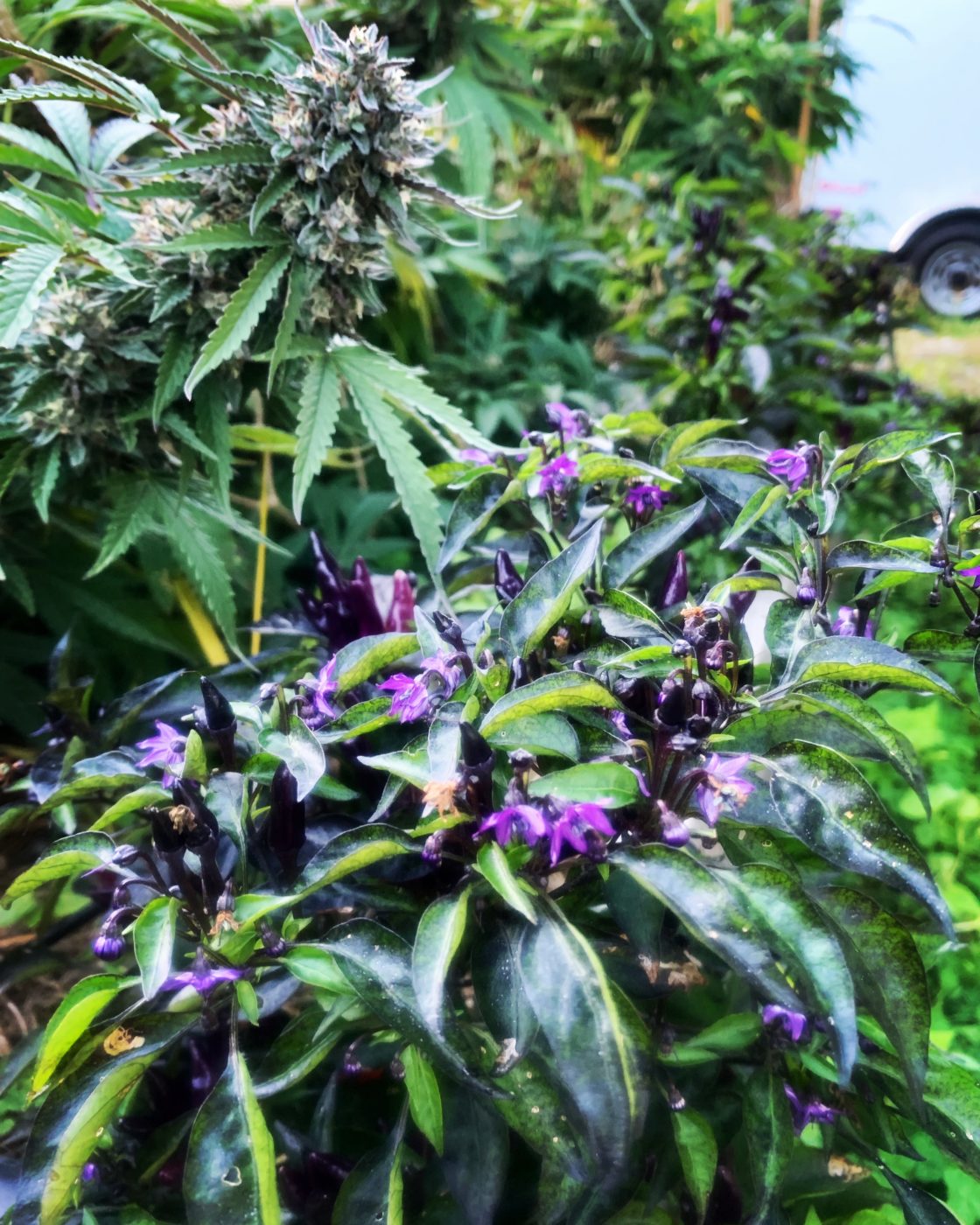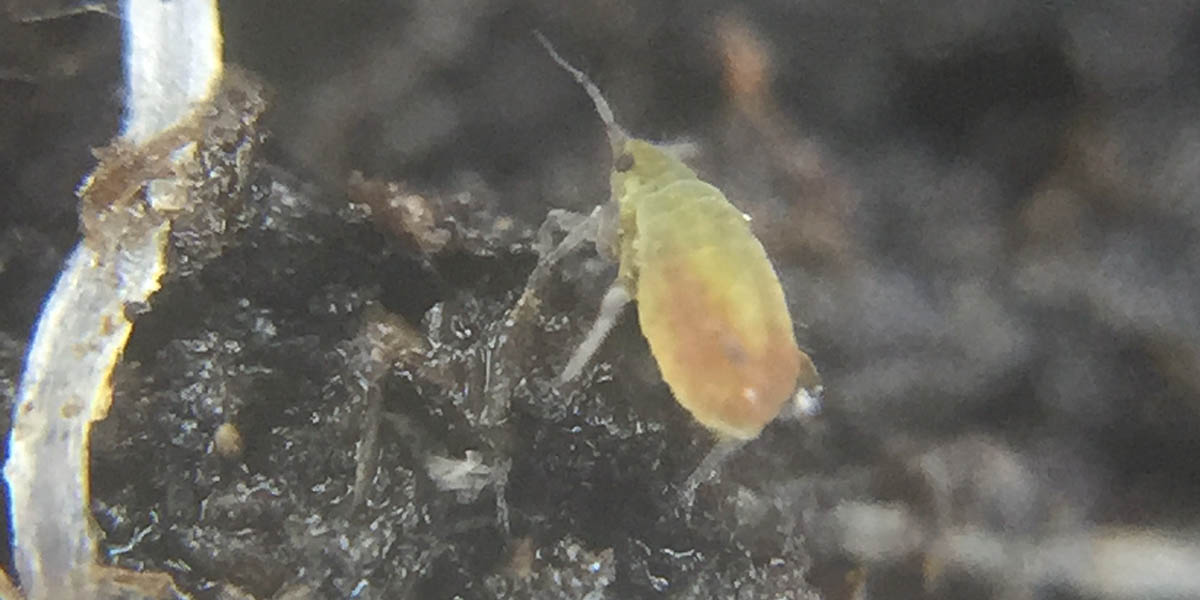The Cannabis Horticultural Association (CHA) has embarked on a mission to re-analyze the potential of dynamic accumulators. Dynamic accumulators is a term used in the permaculture and organic farming literature to indicate plants that gather certain minerals or nutrients from the soil and store them in a more bioavailable form and in high concentration in their tissues, then used as fertilizer or just to improve the mulch layer. The first to use the term dynamic accumulator in the above definition was probably Robert Kourik in his book Designing and Maintaining Your Edible Landscape—Naturally (1986).
There are people who claim there is no scientific data supporting it, and the definition itself varies quite depending on the author. The closest thing with a proven scientific base is Dr. Duke’s Phytochemical and Ethnobotanical Databases that is compiled on a USDA website.
CHA is in the process of testing a variety of plants considered dynamic accumulators and then comparing our data with Dr. Duke’s Phytochemical and Ethnobotanical Databases. So far CHA has tests results for Nettle, Yarrow and Comfrey. This blog post will cover the results of Nettle and show that there are some very interesting correlations between the two datasets. In this author’s opinion, these results provide decent analytical proof that different types of plants do accumulate higher levels of specific nutrients.
Below is a link to a PDF for the 2 datasets for netttle. The left dataset is the sample of nettle analyzed by CHA. The dataset on the right is the one compiled by Dr. Duke’s ethnobotanical database. There are some striking correlations with the elements, specifically high values in both datasets for calcium, magnesium, potassium and sulfur. Several other micronutrients CHA tested also fall within the low and high ranges provided by Dr. Duke.
If you appreciate our work here, please consider joining CHA. All these analytical tests are funded by our members, and your support can help us continue the research to bring ecological methodologies to the world.



